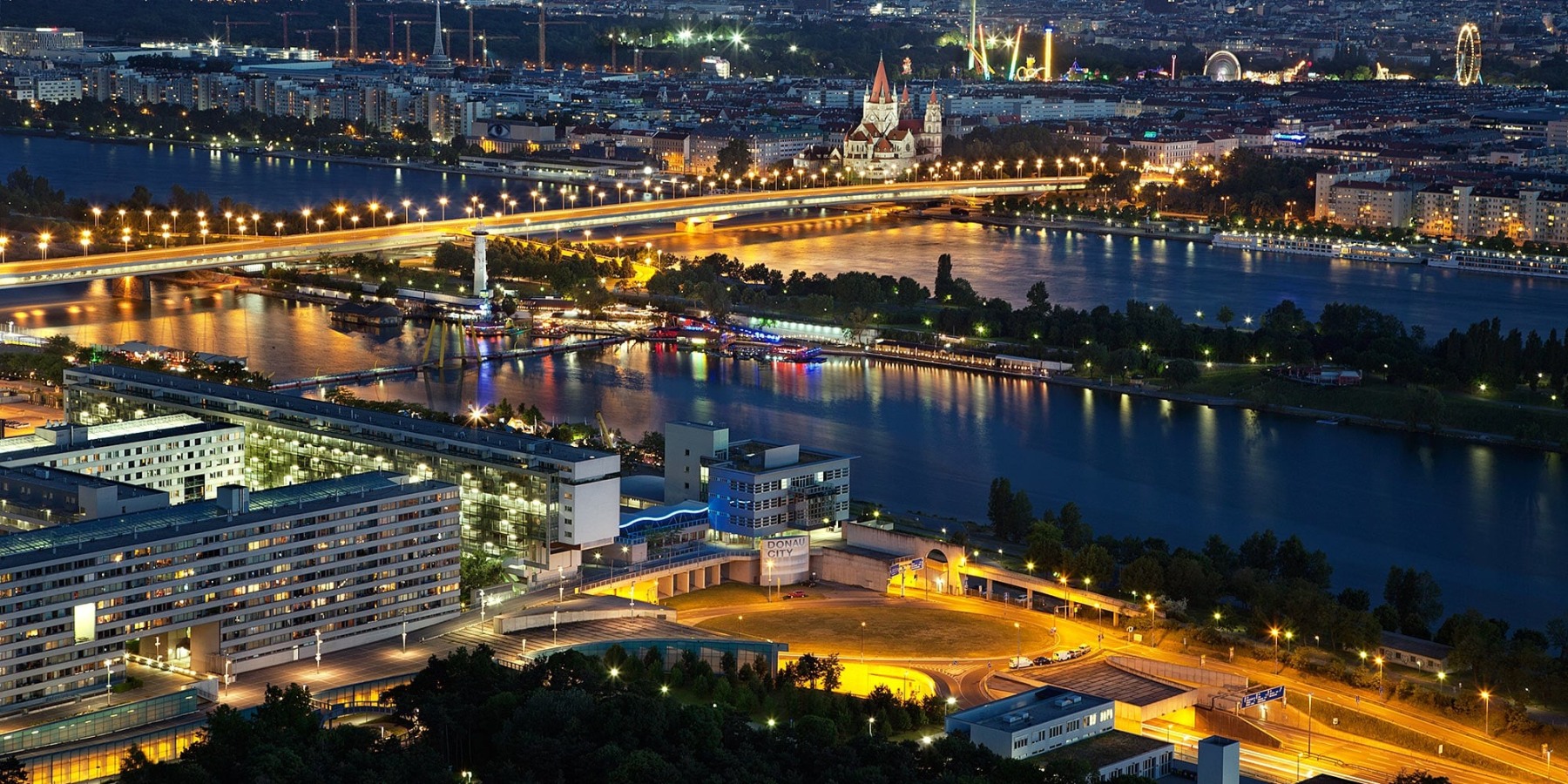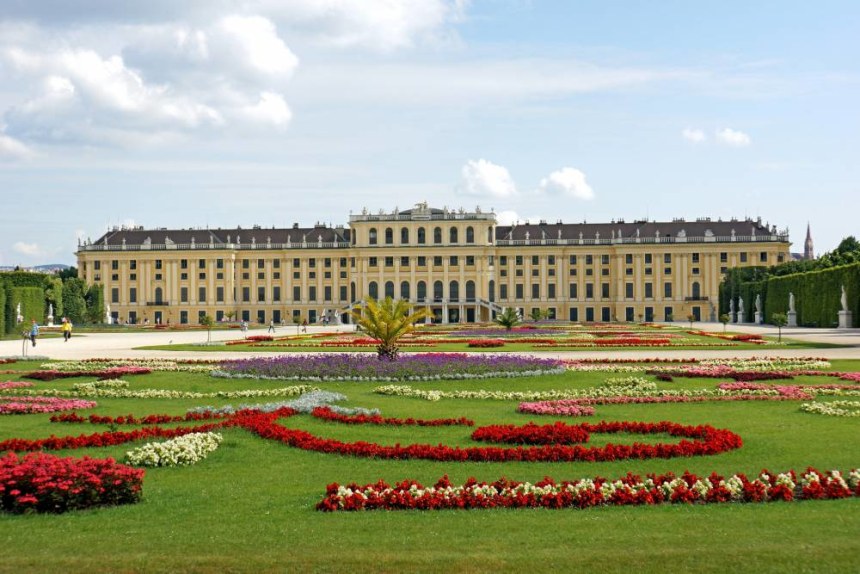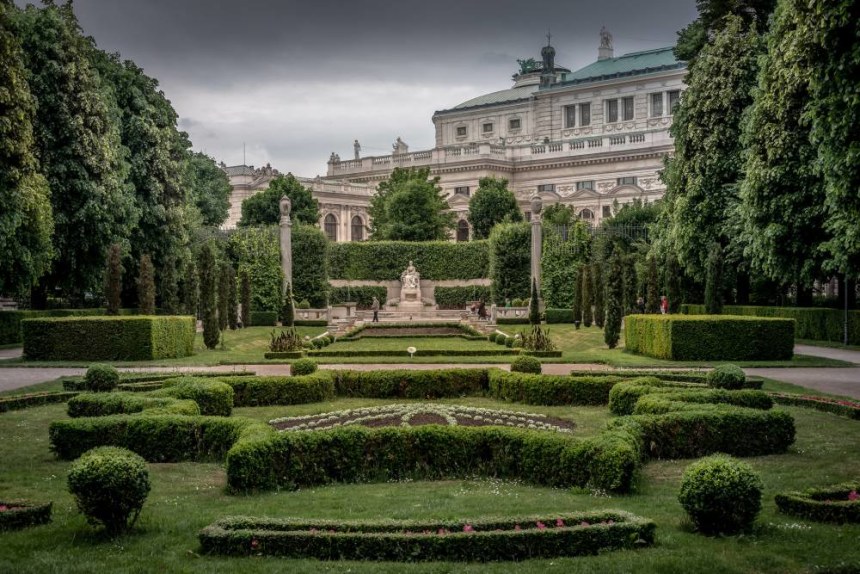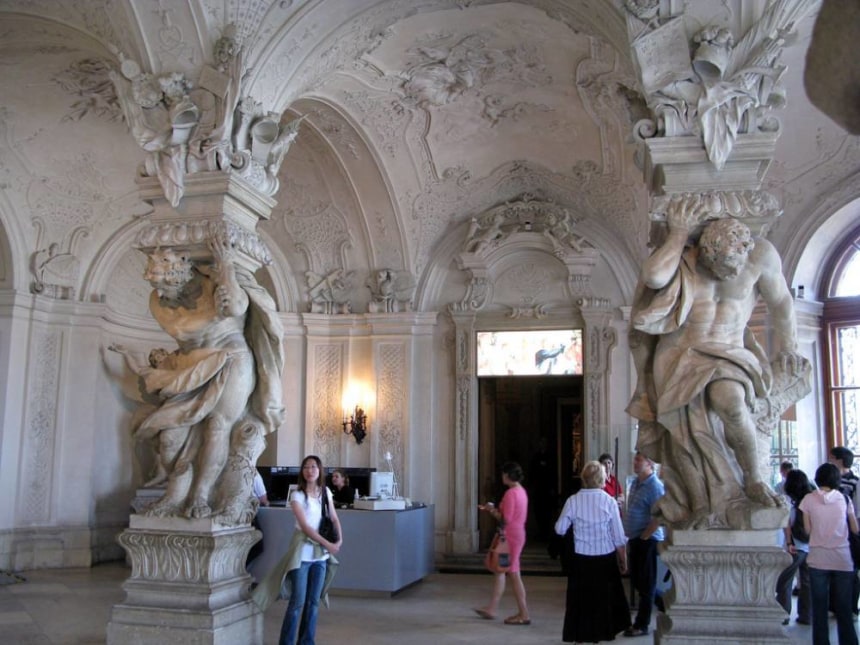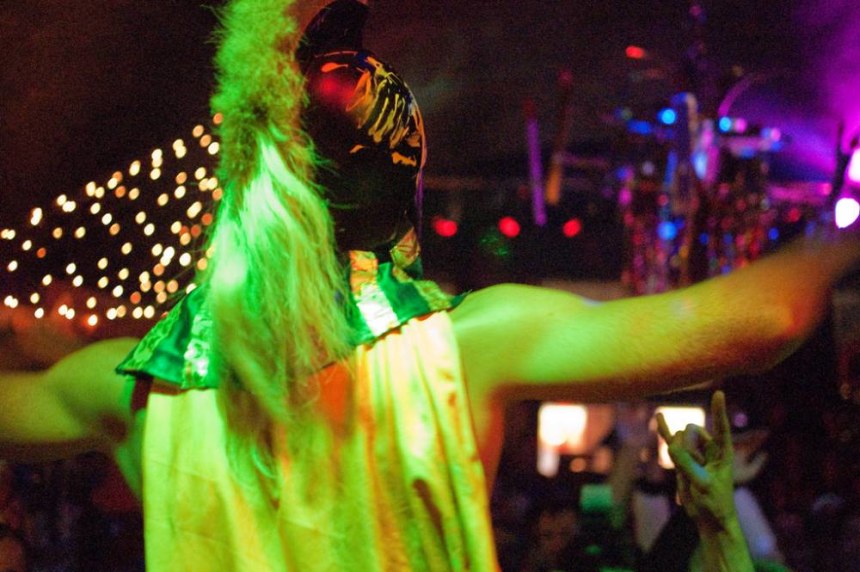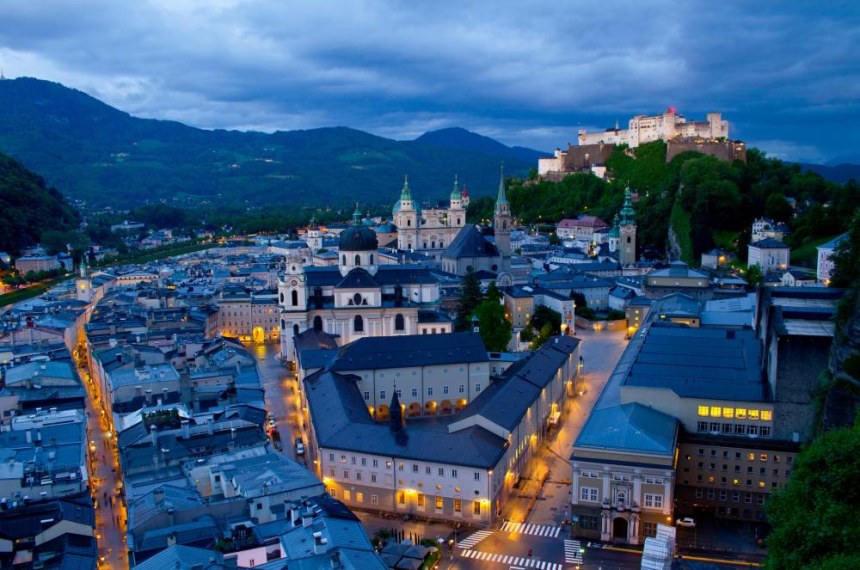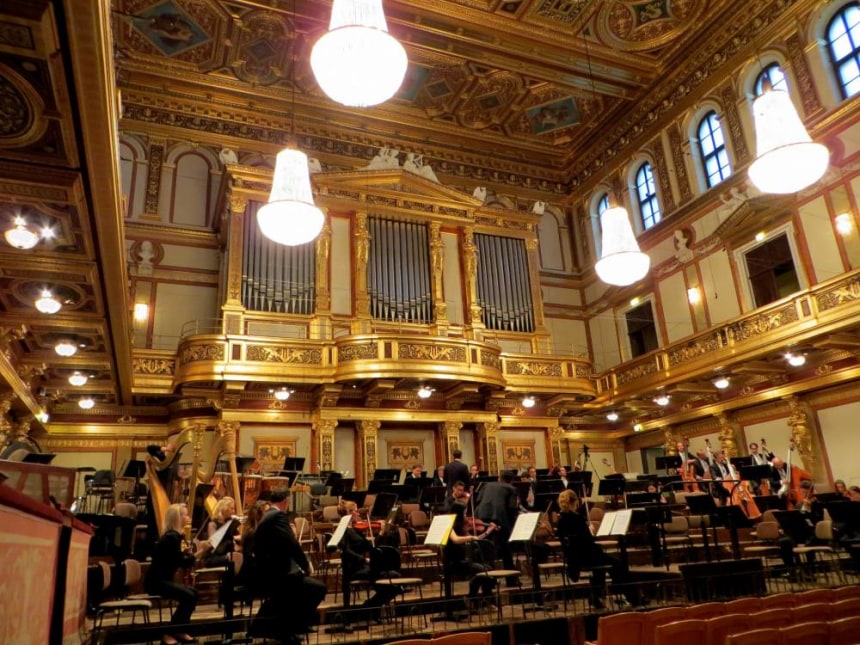| 6 mins read
By Joseph Francis
For much of the modern age, Vienna was the veritable epicentre of European commerce, culture, trade, learning and more crucially, power. It was here, between the neo-classical masterpieces and Baroque elegance of the Hofburg and Schönbrunn palaces, on the wide straits of the mighty Danube, that the seemingly indefatigable Austrian Habsburgs made their home; where they pulled the strings of the sprawling Austro-Hungarian alliance that spread its tendrils out across the continent, from Croatia to Poland, Switzerland to Russia. Later, when Vienna glowed like an ember in the wake of its great imperial fall, art and culture and political theory took centre stage; the likes of Freud and Wittgenstein, Trotsky and Stalin all rubbing shoulders under the vaulted domes of the coffeehouses and over the sweet-smelling plates of apple strudel their kitchens pushed forth.
Habsburg Vienna
Still the most dominating and visible of all of Vienna’s great buildings, the duo of the Hofburg Imperial Palace and the elegant Schönbrunn is unrivalled right across Europe are unsurprisingly the top mentions in any Vienna travel guide. The Hofburg dominates the Heldenplatz and Volksgarten right in the heart of the city, playing host to the great Festival Hall, where the symphonies of the Vienna Hofburg Orchestra echo between the baroque box seats, and one sprawling convention centre – one of the most prestigious in Vienna. Cultural guide books also recommend hitting the Sisi Museum, which delves deep into the Imperial Apartments within the complex. Meanwhile, the mighty Schönbrunn unfolds its symmetrical wings to the west of the centre, on the edge of the Bundesgärten. Complete with manicured gardens, over 1,400 rooms and the prestigious Cafe Gloriette, this one’s simply not to be missed!
Green Vienna
Sat on the edge of Austria’s famous backcountry of soaring Alpine peaks, Vienna clings to the meanders of the Danube as it flows through the heart of central Europe. The setting makes for one of the continent’s greenest capitals; one that’s eminently liveable and riddled with everything from pruned parks to wilder reaches. For a taste of Vienna’s inner-city greenery, head for the Stadtpark, where carved effigies of Strauss and Schubert keep watch over the flowerbeds. Also on the same city ring, travellers will find the well-kept Volksgarten, where the Empress Sisi and Franz Joseph would once have strolled.
Donaupark offers something a bit more down-to-earth, with its toy train, skate parks and playgrounds, while those in search of real wilderness will need to head for the verdant hills of the Wienerwald, which erupt to the west of town in a cacophony of fir trees and deep forests, offering fantastic panoramas of the city, rugged mountain biking paths and trekking trails.
Cultural Vienna
Trying to keep any Vienna cultural guide to a single paragraph is a task doomed to failure – such is the sheer wealth of museums and art galleries, exhibition centres and avant-garde workshops here! However, heritage hungry travellers would do well to start by casing out the so-called Museums quartier, where students chatter in cafes and the Leopold Museum, MUMOK and Kunsthalle Wien all coalesce around one central square speckled with Enzis. (This is the place to come to see the likes of Klimt and Schiele, Lichtenstein and even Picasso!).
However, this city’s cultural offering doesn’t end there; it continues throughout the exhibition spaces of the famed Sigmund Freud Museum – a fantastically preserved image of the psychoanalyst’s onetime home and clinic – into the sprawling spaces of the Natural History Museum and to the UNESCO World Heritage Site of the Belvedere Museum, where Kilmt’s ionic The Kiss resides.
Hedonistic Vienna
Whether you opt for one of the city’s super clubs, all-new arena venues or just a boho dive on a bobbing boat on the Danube, you can rest assured that Vienna offers a night to remember. One of the hottest partying spots in town can be found along the Gürtel, running along the edge of the Josefstadt neighbourhood – famous clubs like grimy B72 and all-nighter Rhiz are the name of the game here. Then there are the hipster haunts and al fresco summertime spots that make their home along the banks of the Danube Canal, not to mention the colossal Prater DOME in Leopoldstadt, which is regularly graced with big name DJs, global rock and pop acts and heady themed party nights.
Outside of Vienna
Eager to leave the midst of the city behind for a spell, and check out what’s waiting on the peripheries of Vienna? Private tour guide services now offer a whole host of excursions out of town, while fantastic local transportation links from the Hauptbahnhof or Westbahnhof make it easy to catch trains and buses to most of the prized destinations. Some of these are the turret-topped Liechtenstein Castle, which pokes its way out of the spruce and fir trees of the Wienerwald on the edge of the city, the grottos at Hinterbrühl, where travellers can now navigate through the flooded tunnels of an old gypsum mine, and the uber-romantic city of Salzburg, which takes just two hours to reach by train. In the winter it’s even possible to reach the ski slopes of Semmering, which make their home on the rising foothills of the Alps less than 98 kilometres from the heart of Vienna itself!
Musical Vienna
Trodden by the likes of Strauss, Vivaldi, Mahler, Haydn and Salzburg’s own Mozart, Vienna is arguably one of the most musical towns in Europe. For some of the best-known classical compositions, travellers should be sure to join the snaking queues at the box office for the Vienna Philharmonic or Wiener Symphoniker, both of which play regularly at the city’s Musikverein or Konzerthaus. Balls and operas are also a favourite pastime of the locals here, while Vienna has also developed something of its own West End, boasting the likes of the Raimund Theater and the opulent Ronacher. Then of course, let’s not forget the Austrian folk, erupting on the stages of the city’s bars and pubs right throughout the year in a medley of accordion and harmonica, fiddle and honky tonk!
Joseph ‘Rich’ Francis is a freelance travel writer who has travelled extensively in Asia and Europe. He particularly enjoys the jazz bars of Poland, the ski slopes of Austria and the beaches and cities of India.
Image Details and Licenses: https://flic.kr/p/xyGdvR (Dennis Jarvis, CC BY-SA 2.0), https://flic.kr/p/6fm6qe (Sergio Feo, CC BY-NC 2.0, https://flic.kr/p/sRk4fR (Bernd Thaller, CC BY-NC 2.0), https://flic.kr/p/5WBomF (Markus, CC BY-ND 2.0), https://flic.kr/p/9Nc4B7 (Michela Simoncini, CC BY 2.0), https://flic.kr/p/5f3s2k (Douglas Sprott, CC BY-NC 2.0), https://flic.kr/p/6Vv9Sh (Richard Pyrker, CC BY-NC 2.0), https://flic.kr/p/ofcJwZ (Patrick Freitag, CC BY-NC 2.0), https://flic.kr/p/nQ5vU4 (Simon, CC BY-NC-ND 2.0)

